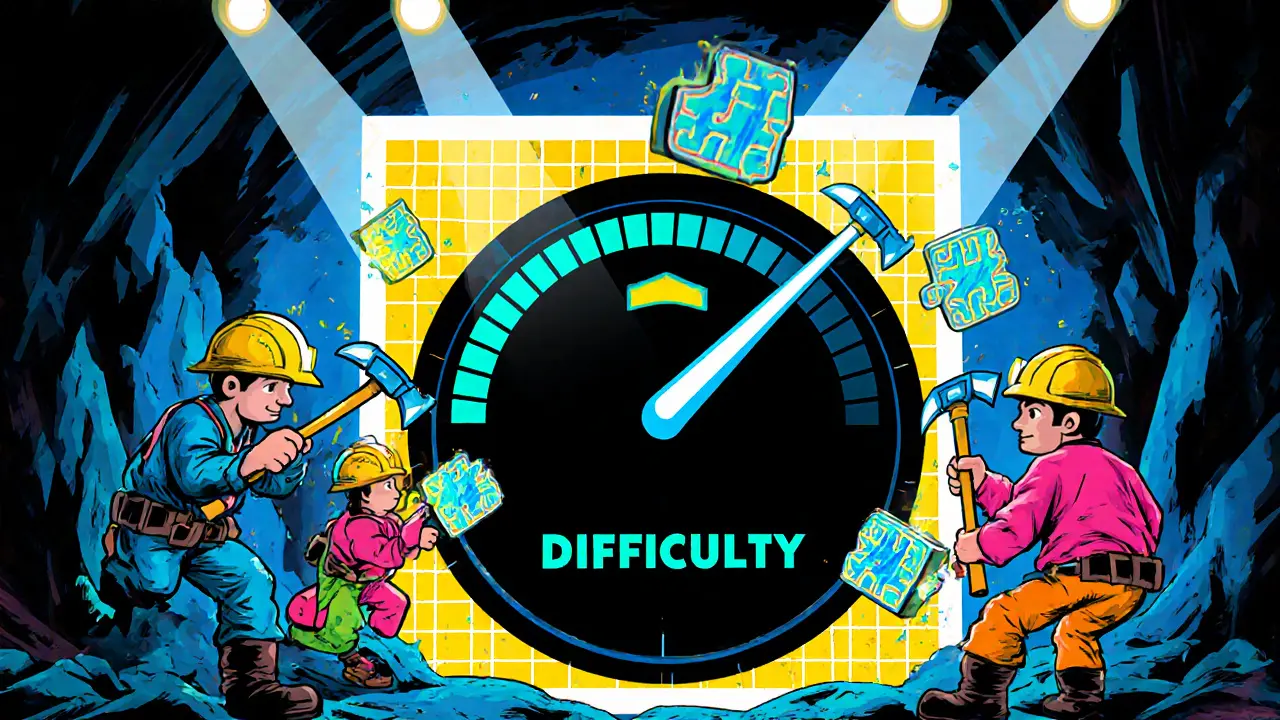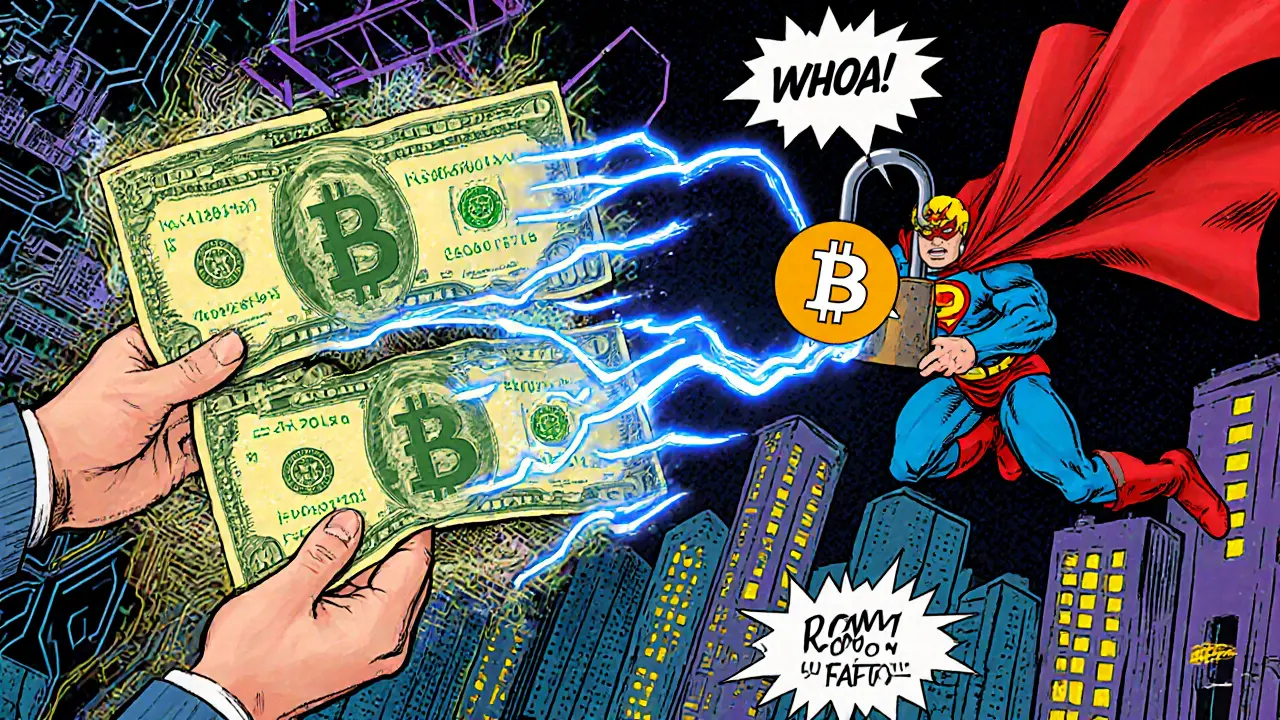Bitcoin – Latest News, Guides, and Market Insights
When talking about Bitcoin, the first and most widely recognized cryptocurrency that runs on a public ledger. Also known as BTC, it serves as a digital store of value and a benchmark for the entire crypto market.
Because Bitcoin runs on blockchain, a decentralized network of nodes that validates transactions, every new project that wants credibility often points to it. That’s why many airdrops, free token distributions used to kickstart a platform compare their token economics to Bitcoin’s scarcity model. If you’ve ever wondered why airdrop hunters keep an eye on Bitcoin’s price, it’s because Bitcoin’s market moves set the tone for risk appetite across the ecosystem.
How Bitcoin Shapes Trading and Regulation
On the trading side, decentralized exchanges, platforms that let users trade directly from their wallets without a central intermediary often list Bitcoin first. This gives traders a familiar entry point and helps DEXs attract liquidity. In turn, the availability of Bitcoin on DEXs influences how regulators view the broader crypto market. Recent regulation, government rules that govern crypto activities in places like China, Pakistan, and Russia frequently mention Bitcoin as a benchmark for compliance.
Putting these pieces together, you can see a clear chain: Bitcoin drives blockchain adoption, which fuels airdrop designs, which in turn affect how decentralized exchanges package Bitcoin for users, and all of this shapes the regulatory conversation. That chain appears in the articles below – from a deep dive into Myanmar’s underground crypto market to a practical guide on spotting fake airdrops.
Whether you’re here to catch the latest Bitcoin price swing, learn why airdrop claims often tie back to BTC, or understand how new exchange reviews evaluate Bitcoin’s role, this collection has you covered. Keep scrolling to find step‑by‑step guides, risk assessments, and real‑world examples that link Bitcoin to the hottest trends in crypto right now.

Schnorr Signatures vs ECDSA in Bitcoin: What Changed After Taproot
Schnorr signatures replaced ECDSA as Bitcoin's preferred signature scheme after Taproot. They're smaller, faster, private, and enable key aggregation - making multisig transactions look like regular ones.
November 18 2025
Mining Difficulty Explained: How Blockchain Networks Keep Block Times Stable
Learn what mining difficulty is, how it keeps blockchain block times steady, why it matters for miners, users, and network security, and see a quick comparison across major coins.
October 19 2025
Understanding Payment Cryptocurrencies: Definition, Examples, and How They Work
Learn what payment cryptocurrencies are, how they work, key examples like Bitcoin and Litecoin, their pros and cons, and a simple guide to start using them for everyday transactions.
October 8 2025
How Bitcoin Prevents Double-Spending: A Deep Dive
Learn how Bitcoin's blockchain, proof of work, and transaction model stop double‑spending, ensuring secure peer‑to‑peer payments without banks.
October 18 2024